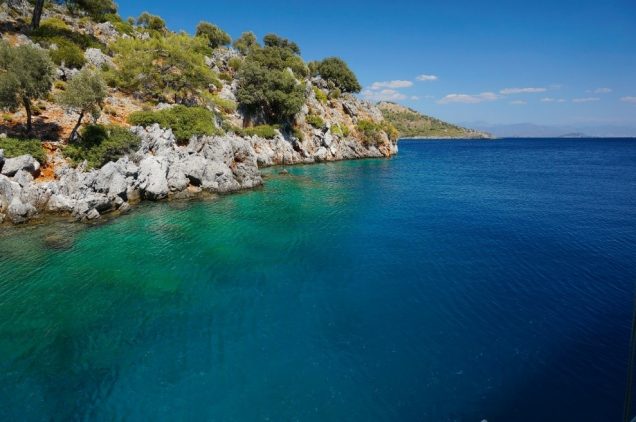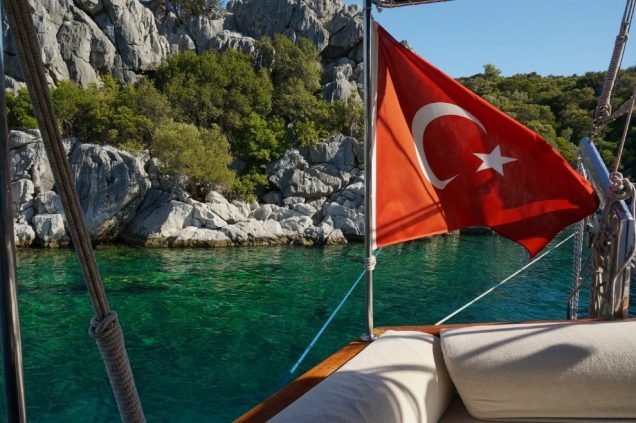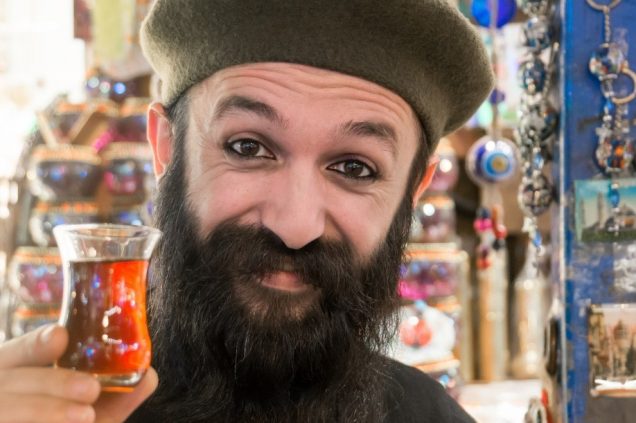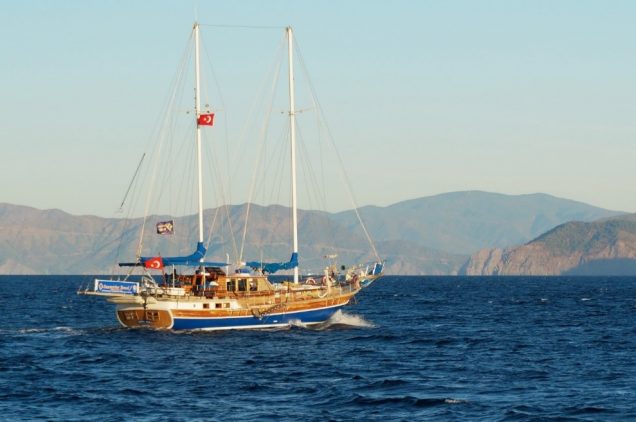
Before sitting down to write an article, I go through my photos and move the ones that pertain to my storyline into a separate folder. Then I spend some time looking through them—this helps me relive the experiences from my trip and get my thoughts in order. By thinking back to when I had those experiences, it puts me in a good mindset and words and ideas fill my head.
Once I’m primed and ready to start writing, I keep the folder of images open next to my Word document for a visual reference, which is helpful in case of writer’s block.
Since the photos are what’s inspiring me and moving my creative wheels, they naturally find their place in the story as it comes together. So instead of going back and choosing photos after the article is complete, I select them while I’m writing.
Keep in mind that to tell a story with photos, you want to order your shots so that they carry the reader along with you. Here are the types of photos I choose to tell a story:
To open the story, I always start with a scene setter.
The scene setter shows where the story is taking place. Although you can’t tell exactly where I am in this photo, you can see the azure blue waters and assume the story will take place somewhere like the Mediterranean. The title, “Sailing the Turquoise Coast” lets the reader know that it takes place specifically on a boat.
As the story unfolds, so do the details. Now it’s time for some closer shots to pull the reader further into the scene. Maybe it’s a dinner gathering, or a particular building or landmark.
I try to include telltale signs of my location within an image. Things that could identify the “where” even without the story. In this photo, because of the flag, we know we’re on a boat in Turkey.
Portraits are powerful shots that can evoke empathy, illustrate culture, or add an essential human element to your story. This sweet man was serving tea at one of our stops and was more than happy to let me take his photo.
The next type of shot I look for is an action shot. Look for someone doing something with their hands, or something that’s in motion. These shots really help get the reader involved. This shot shows the action (sailing) and movement as the boat makes its way across the water.
Whether it’s the story or the photos that come first, the two mingle together in a way that can convey the full experience better than words or pictures could do alone.
Travel Photography Resources
5 Dos and 2 Don’ts for Travel Photography
Take Great Photos And Get Paid More For Your Travel Articles
Turning a Photography Hobby into a Monthly Income
The Pros Of Selling Your Images As Stock Photography
16 Mobile Photography Tips And Tricks Every Photographer Should Know





